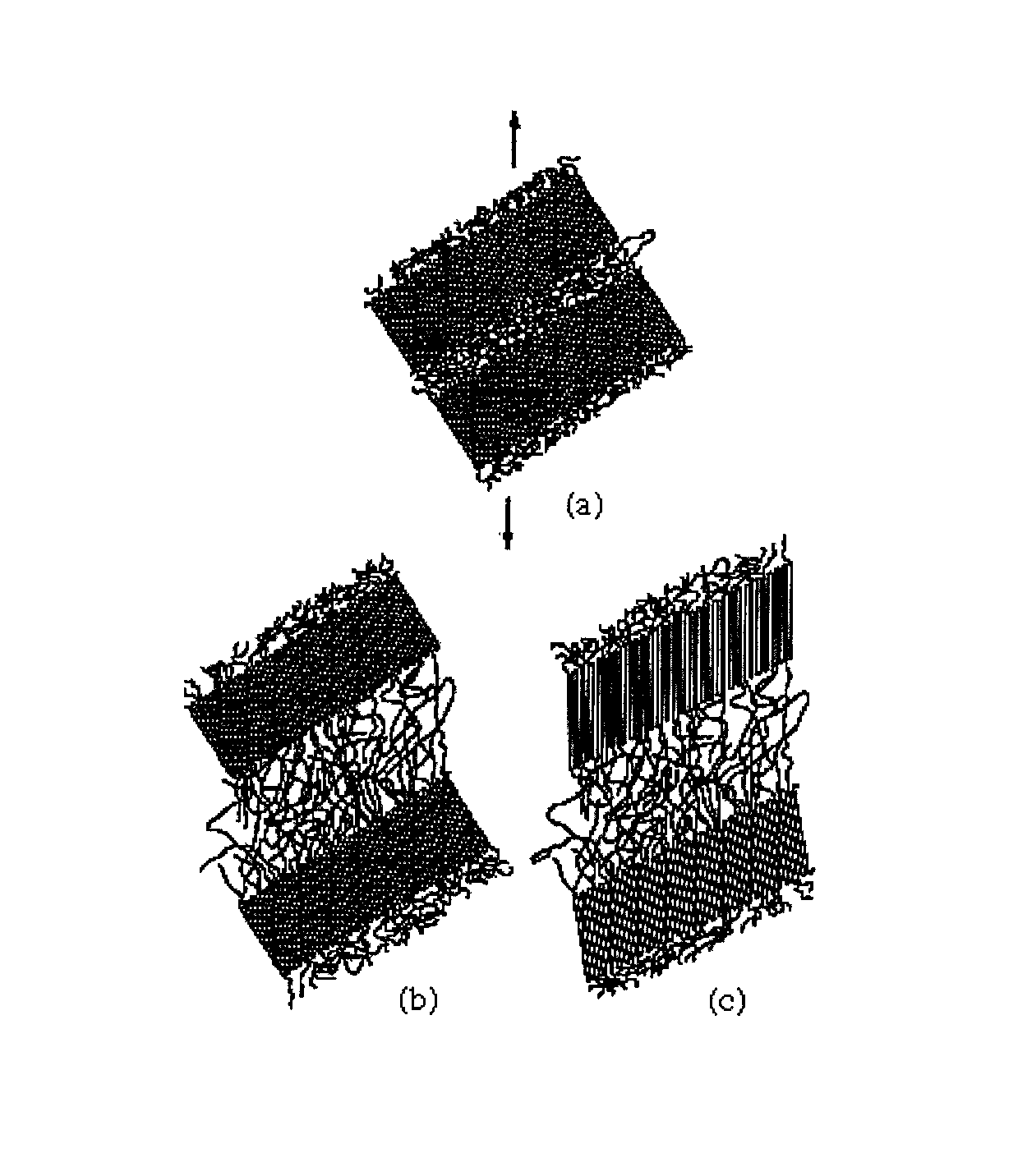Amorphous or semi-crystalline poly(ester amide) polymer with a high glass transition temperature
a technology of glass transition temperature and amorphous or semi-crystalline polymer, which is applied in the field of amorphous or semi-crystalline poly (ester amide) polymer with a high glass transition temperature, can solve the problems of relatively fast degradation of pea polymers, and achieve the effects of fast degradation, imparting mechanical integrity and shelf life stability, and high glass transition temperature (tg)
- Summary
- Abstract
- Description
- Claims
- Application Information
AI Technical Summary
Benefits of technology
Problems solved by technology
Method used
Image
Examples
Embodiment Construction
[0013]The present invention provides a biodegradable implantable device comprising an amorphous or semi-crystalline poly(ester amide) (PEA) polymer with a high glass-transition temperature (Tg). Such PEA polymers impart mechanical integrity and shelf life stability to the biodegradable implantable device. In addition, such PEA polymers have relatively fast degradation. Further, such PEA polymers can have various molecular structures and tunable physical / mechanical properties.
[0014]As used herein, the term “amorphous” refers to the morphology attribute of a polymer having amorphous domains. Generally, an amorphous polymer only has amorphous domains and is always amorphous. A semi-crystalline polymer comprises of crystalline domains and may be amorphous domains. A semi-crystalline polymer generally has a crystallinity of 50% or below. In some embodiments, in highly oriented polymers such as fibers, a semi-crystalline polymer can have a crystallinity above 50%. Note, a semi-crystalline...
PUM
| Property | Measurement | Unit |
|---|---|---|
| Tg | aaaaa | aaaaa |
| Tg | aaaaa | aaaaa |
| Tg | aaaaa | aaaaa |
Abstract
Description
Claims
Application Information
 Login to View More
Login to View More - R&D
- Intellectual Property
- Life Sciences
- Materials
- Tech Scout
- Unparalleled Data Quality
- Higher Quality Content
- 60% Fewer Hallucinations
Browse by: Latest US Patents, China's latest patents, Technical Efficacy Thesaurus, Application Domain, Technology Topic, Popular Technical Reports.
© 2025 PatSnap. All rights reserved.Legal|Privacy policy|Modern Slavery Act Transparency Statement|Sitemap|About US| Contact US: help@patsnap.com



